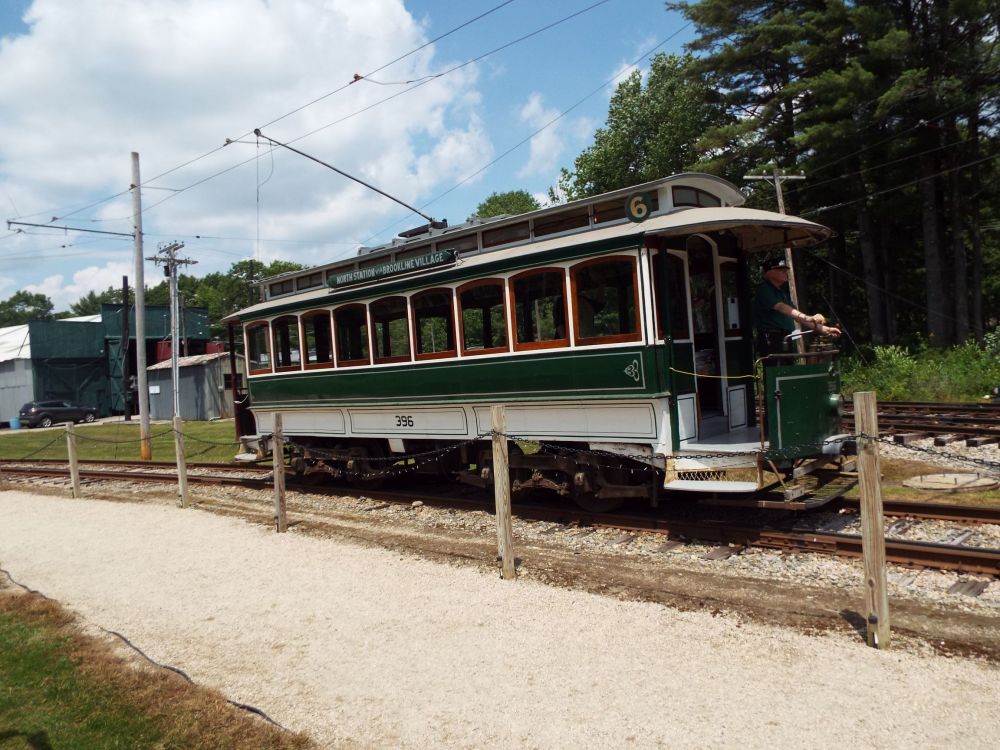
Kenyon F. Karl on 07/06019
- Builder
- St. Louis Car Co.
- Secondary Use
- Railway maintenance
- Type
- City and Suburban Streetcars
- Year
- 1900
- Retired from Service
- 1954
- Acquired by the Museum
- 1954
- Fund
- 567
Boston Elevated Ry. 396
From Boston, Massachusetts
History
No. 396 was one of 1202 similar double truck cars built between 1890 and 1900 for the Boston Elevated and its predecessor, West End Street Railway. Because the body on these cars was 25 feet long, excluding the open platforms at each end, they were classed as a “25 foot box cars.” Car 396 served the North Beacon Street line in Brighton and Watertown from 1900 until it was replaced by a Birney car around 1920. As a Division 7 car it was painted crimson. When built, No. 396 had open platforms, but the vestibules were enclosed between 1901 and 1905 as mandated by a 1900 state law. It was repainted in crimson, and later repainted in The Boston El’s standard paint scheme of dark green and white without any striping or decoration. In 1923, the Boston Elevated converted No. 396 to an electrical test car. It was later painted solid green and solid orange as a work car. No. 396 remained in service when the Metropolitan Transit Authority acquired the Boston Elevated in 1947. [See also: “West End Street Ry. Divisions and Paint Schemes” on the museum website.]
No. 396 is one of seven cars purchased at a special price in 1954 when the MTA ended its previous policy of requiring the museum to pay at least junk value for vehicles. The car remained a relatively obscure part of Seashore’s collection until 1963, when the Otto Preminger production company came to Seashore, seeking a Boston trolley typical of the early 1900s. No. 396 was chosen, and the MTA’s Everett Shops was contracted to bring the car back to its appearance in 1912. Though not perfect, the overall appearance was good. After operating on Belmont St., on the Waverley line for its scenes in The Cardinal, No. 396 returned to Maine where it became a popular car for display and occasional operation. During the 1980s, Seashore decided to return the car to a more accurate paint scheme, that which it wore from 1905 to about 1915, running on the North Beacon St. line. Remnants of this scheme, inside the vestibules, had survived the last years in green, the work car years and the 1963 repainting. Fresh crimson was applied, with white on the concave panels, but before the striping could be applied, Hollywood intervened again.
In 1977, the Children’s Television Workshop requested the car for a piece in The Best of Families, a miniseries depicting a Brooklyn, NY family. Trolleys were important in Brooklyn’s history, and 396 represented the period they wished to depict. The crimson paint was a good match for Brooklyn’s maroon, but the 1905 era vestibules were removed to depict the proper era in Brooklyn. The scenes depicting the Brooklyn trolley strike of 1895 were shot at Boston’s Reservoir Carhouse. Before No. 396 returned to Maine, the MBTA also used the car for an event depicting four generations of Boston streetcars to publicize the purchase of new LRVs. In 1996, the MBTA proposed bringing No. 396 back to Boston for a display marking the Boston subway centennial, but this move was not done.
Technical Information
- Seats: 34
- Control: K-28G
- Brakes: Hand
- Compressor: None
Trucks
- Number: 1
- Manufacturer: Peckham
- Model: 14B4
Motor
- Number: 2
- Manufacturer: General Electric
- Model: 86
Weight and Dimensions
- Length: 34’ 11.00"
- Width: 7’ 11.00"
- Height: 11’ 4.00"
- Weight: 25340 lbs.
Additional Images

Kenyon F. Karl on 10/06/18

Kenyon F. Karl on 10/06/18
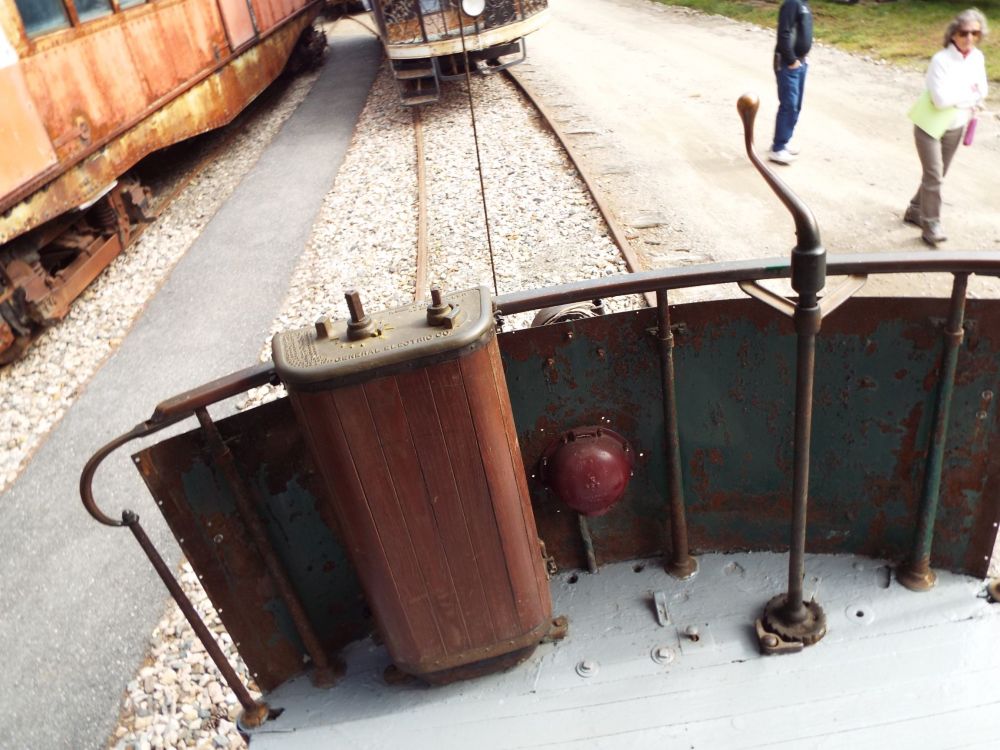
Kenyon F. Karl on 10/06/18
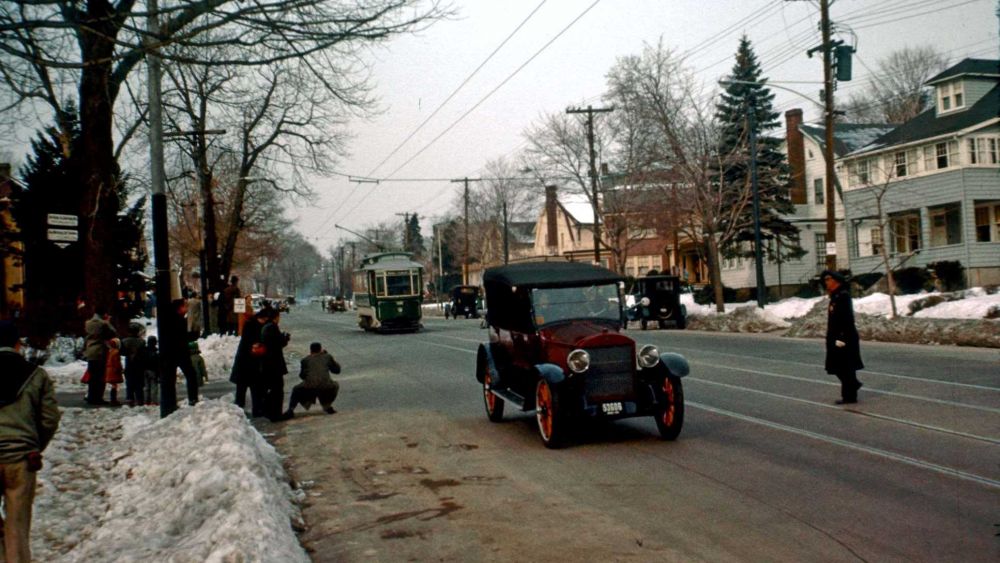
Jim Shantz in 1963 – filming of movie “The Cardinal”

Jim Shantz in 1963 – filming of movie “The Cardinal”
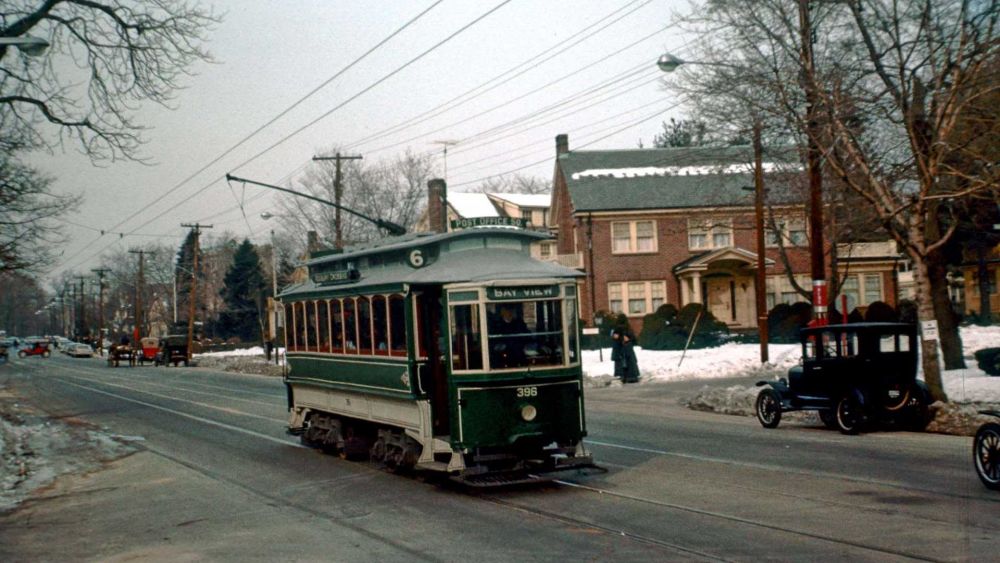
Jim Shantz in 1963 – filming of movie “The Cardinal”
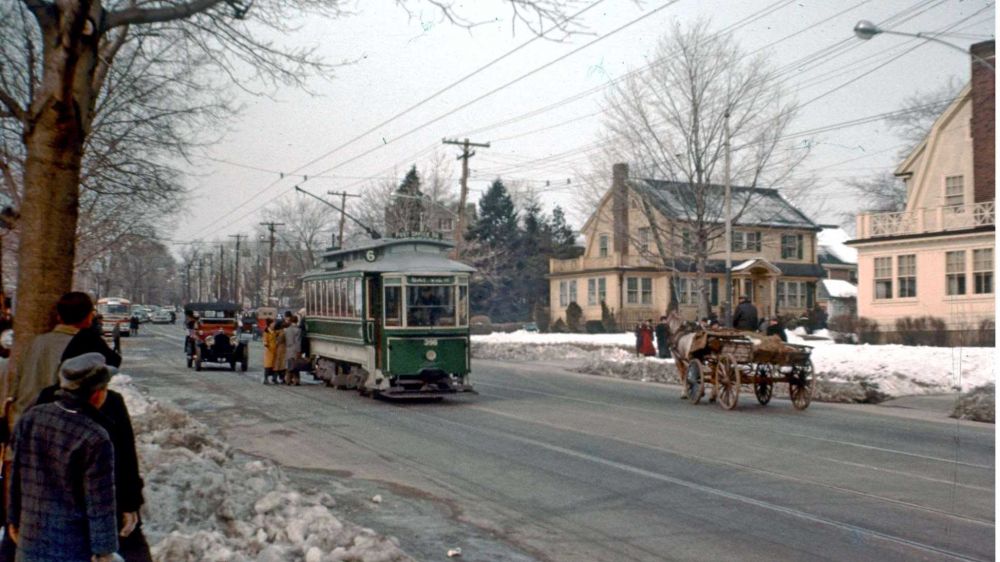
Jim Shantz in 1963 – filming of movie “The Cardinal”
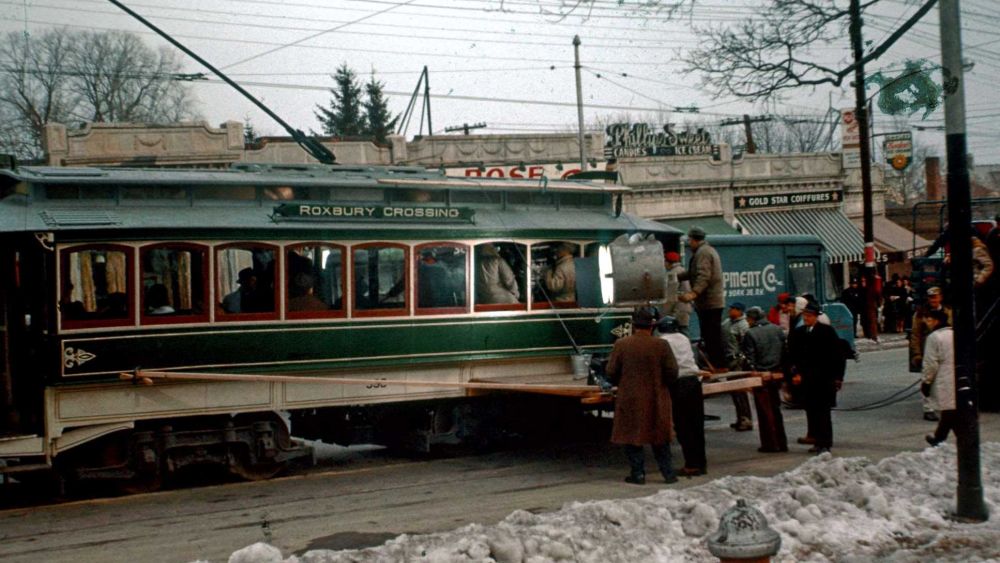
Jim Shantz in 1963 – filming of movie “The Cardinal”
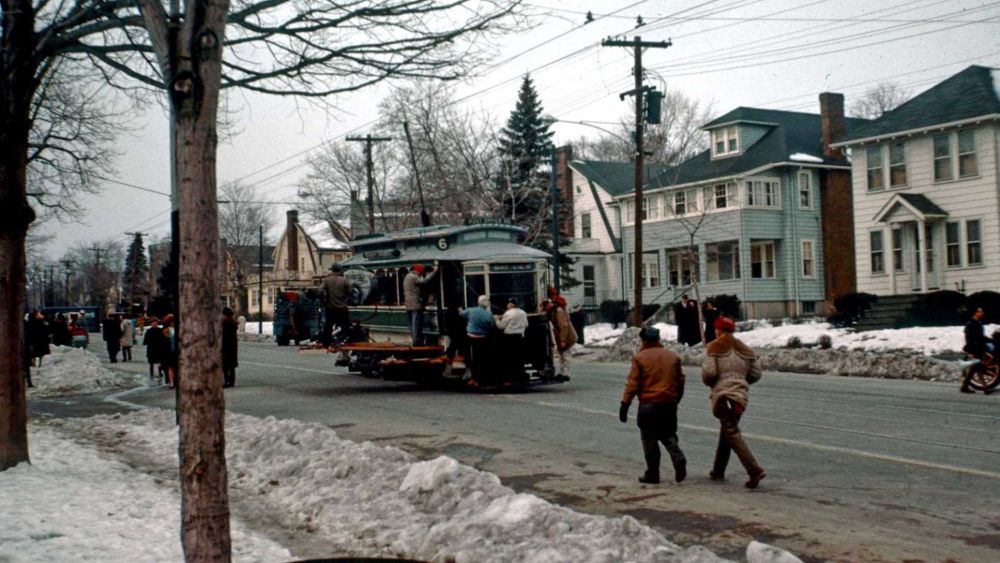
Jim Shantz in 1963 – filming of movie “The Cardinal”
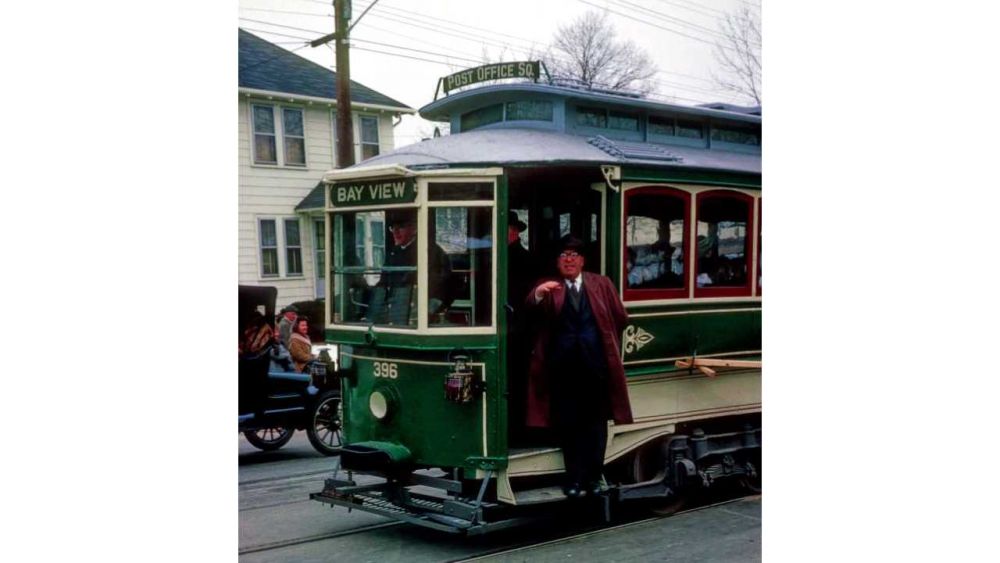
Jim Shantz in 1963 – filming of movie “The Cardinal”

Jim Shantz in 1963 – filming of movie “The Cardinal”
© 1998 - 2025 New England Electric Railway Historical Society. All Rights Reserved.